“An election is coming. Universal peace is declared and the foxes have a sincere interest in prolonging the lives of the poultry”, - T S Eliot
Politics in ‘New India’
Interactions with the masses indicate a rediscovery of India’s once sublime political principles of equality, egalitarianism and societal uplift that had brought our freedom from colonial rule. In a stark aberration, those sublime political perceptions had degenerated into a politics of sire-serf, cronyism-largesse, dynastic succession, brazen nepotism and divisive vote bank appeasement. The degeneration, starkly observed during the past three decades or so, had climaxed during the ‘coalition dharma’ rule of the second United Progressive Alliance (UPA) government.
By the policy of ‘Sab ka Saath, Sab ka Vikas’ as adopted by the first National Democratic Alliance (2014-2019), that aberration of political culture seems to be on a corrective path. The politics of divisive caste, class and religion focused appeasement, enticing but hollow of course, and aggrandisement of chummy cohorts appears to have taken a severe beating at the hands of politics of equality and development in which access to opportunities and facilities are to be equally shared, the ceiling being dictated solely by the limitations of resources.
Admittedly, it is still to be seen if this welcome correction is able to get past the State and local level politics which remain yet afflicted by the attraction of politicking by caste, class and religion. But it is certain that should the new government of 2019 be able to even partially achieve Mr. Modi’s ideas of a ‘New Bharat’, an era of truly democratic politics would dawn upon the Indian polity.
India’s Post-Independence Challenges
The first lot of leaders of Independent India had the onerous task of building a nation that had been stripped to its bones by centuries of colonial rule. It therefore took certain farsighted decisions which helped form the foundation of Bharat that we find ourselves in today. Uphold of secularist principles was one such key commitment. Indeed, it would have been disastrous to expect an innately divergent - both in cultural and societal domains - India to retain its newfound integrity had not rule of law, democratic freedom and secularism been at the core of our constitutional construct. One only has to recall our history to understand that.
Post-independence governments had another massive challenge to overcome. One of the compelling reasons behind the call for a Muslim homeland was to preserve the Muslim aristocrats’ and lordships’ feudal power and privileges. Egalitarian prospects of a democratic India posed grave threat to such privileges and that made most of these elite Muslim classes move away to their Pakistan. That had left the partitioned India’s poor and uneducated Muslims in a peerless, mentor-less and leaderless state. Meanwhile, having been subjected to the poisonous Muslim League-Jinnah-Liaquat Ali Khan-Suhrawardy propaganda to insinuate the purported coming of a vicious ‘Hindu majority anti-Muslim’ dispensation, Muslims, who by conviction or compulsion chose to remain in India, had been left in a state of apprehension regarding their future. Since it would be utterly futile to try to build a sovereign, integrated Bharat with over one-seventh of its citizens in fear and mistrust of the State, India’s leaders of the time had to find quick amelioration of that perception. In so doing, they did what at that time was most expedient for an otherwise resource crunched and enfeebled nation state.
Assuaging Muslim Apprehensions
In a society which demands its members’ implicit adherence to the socio-political injunctions promulgated by its much revered autarky of religious interpreters, the government found it expedient to assuage the fears of India’s confused Muslims by winning favour of the Muslim clergy and those few of the elites who had stayed back. These favoured ones were expected to reflect the sublime ideology of a secular India. Thus was foisted a set of ‘Muslim leadership’ made up of institutional and religious seminary heads, head priests and the well-heeled Muslims. These were promoted beyond their usual constitutional entitlements, for them to establish their assuring influence among the Muslim masses.
In similar vein, to assure them of continuation of their Muslim way of life, the State went to the length of withholding the application of certain egalitarian provisions of the Indian Constitution like unified personal law. In that, the State gave its formal and informal recognision to many Muslim advisory and guiding boards and institutional heads - Personal Law Boards, Imams of main Masjids, Deobandi and Barelvi Seminary heads etc., for example. Doubtlessly, the so uplifted new Muslim leadership served well to the new India’s cause and gradually rebuilt the Muslim citizens’ confidence in the free Indian dispensation.
Notably, such measures had not been confined just to the Muslims, rightfully so. In the interest of nationalist unity and integrity, the newly independent State extended similar confidence building provisions to a host of vulnerable castes, tribes and other linguistic and religious minorities. As we can see, it did so with commendable success to consolidate the Indian nation, thus belying the frustrated imperialists’ prophecy of her disintegrating by the rule of ‘incompetent natives’.
Rise of Manipulative Brand of Democracy
But within a quarter century or so of independence, the noble intents of establishing an egalitarian, democratic India had gone awry. Hereafter, a native brand of democratic chaos began manifesting in the forms of ‘election cycle’ and ‘vote bank’ politics. Electoral advantages of securing large chunks of committed votes made up of common interest sections of the society drew attention of the following generations of our political leaders and the political parties they led. Thus began the charade of political leaders making enticing offers to satiate, even raise ambitions of the groups they chose to target.
However, in a nation short of resourses and facilities, furthering the ambitious causes of these sections had to be at the cost of some others, and that was not easy to enforce. It was easier to gain adherence by instilling true or false apprehensions over community security and that of being left behind in the race to progress. Raising mostly banal hopes of particular sections garnering priority slice of public funds and facilities for themselves added to that enticement. After all, illusionary politics did not require funds or resources to be committed; all that was needed to be done was that selected few among favourite groups be given unentitled advantages and opportunities and leave the rest remain in hopeful anticipation. India’s caste-ridden and Muslim and Christian identities formed the most enticing targets for such political machinations, not that the other vulnerable sections were spared from divisive notions. In actual terms, however, these targeted sections got little returns beyond semantics and show. Ultimately, letting these sections be stuck in the clutches of few committed and pampered community ideologues, and remain frozen in backwardness and gullibility, turned into a politically profitable objective.
Indeed, it became profitable for political parties to fashion themselves as good Samaritans devoted to furthering the interests of narrow divisions of the society, convert these sections into adherent vote banks and so strengthen their chances of capturing political power. In that race, a diverse but fundamentally assimilative Indian society was fractured into a plethora of committed vote bank segments. As political leaders sold themselves to gain access to unbridled, unconstitutional power and non-entitled wealth, dividing the masses into common-interest chunks turned into a compelling imperative, till it turned into an art-form. The situation enticed law-breaker dons to try their money and muscle in politics and so break into the law-makers’ club.
First, Divide and Rule
Soon, the competition to divide India into chunks of regional, linguistic, religious, cast and tribal segments of citizenry was no more enough to secure the seats of power. The division had to be further percolated into sub and sub-sub sections of the larger divides. It began at the national level - ‘from whole to the part’ as the surveyors say - when sub-linguistic, sub-ethnic and sub-religious vivisection was injected, in calibrated steps, among citizenry of the pan-Indian nationhood. The trick entailed dividing the target groups to instill enticing notions of exclusivity among them and mislead them over their ‘rightful’ and ‘to-be-fought-for’ entitlements. Mostly illusionary, short-term and eventually harmful to the national cause, and feeding on conjured up atmosphere of fear of marginalisation, this trick bought more profitable electoral gains and paved the way to political power and all the pelf that came with it for a new class - the ‘Neta class’ and their filial retainers. The added advantage of that trick was that it required no redemption of the ill-conceived promises made as long as few carrots were demonstratively dangled to some of the target community’s rabble rousers.
Next, Fracture and Loot
Overtime, resounding success of the trick triggered the emergence of grass-roots societal fractures as such Dalit-Maha Dalit, Backward Caste-Other Backward Caste, Adivasi-Moolvasi, Shia-Sunni, Yadav-Kurmi, Lingayat, Maratha …. The list is endless. It also led to hollow aggrandisement and unconstitutional appeasement of one section of the citizen-vote banks at the cost of discriminations against the rest. The best advantage of appeasement was that it required little of substantial measures and nor much of fiscal burden. One only had to make exceptions to the favoured groups - like manipulating government recruitment, offering money-making postings, using public funds to hold out ‘gifts’ of cycles and sewing machines under the party banner, promising reservations (only to be struck down by the Courts), naming roads and airports etc., and diverting allocations from genuine projects to fund the promised ones. Eventually, the chicanery of appeasement went to the extent of brazen overlook of fiscal frauds and criminal acts, and protection of law-breakers as long as the perpetrators came from the favoured groups. In the bargain, the appeased groups came to be despised by those left denied, and who longed for opportunities to get even. Ills of caste and religion, discarded in the days of hallowed nationalism, found resuscitation, of retarding kind of course, in democratic India.
Once an innocent democratic chaos had turned into organised anarchy.
Subterfuge of Muslim Citizens’ Interests
The above discussed political debasement affected India’s Muslim citizenry the most. A somewhat monolith group when it came to following their mentors’ injunctions, they could be more easily herded into a largest single chunk of pan-Indian vote bank, and thus be the main object of superfluous political cons like Friday prayers on roads, loud-speaker intrusion, Iftaar parties, discovered Mazaars etc. That also freed the leaders who wore the mask of Muslim well-wishers from having to make concerted efforts to uplift the poor, ill-educated Muslims, skill them for better employment, prepare them to earn key positions on their own merit, and so on.
On the other hand, being in a state of want like any other disadvantaged community, it was impractical for Muslims to repudiate the enticement of such cons howsoever illusionary these might be. In fact, for many of them, both Muslim and non-Muslim netas, such cons served as easy steps to expand their vote bank influence. Overtime, many of the political parties and leaders found it expedient to instill the Muslim masses with a state of fear of majority-marginalisation. To keep them locked into a committed vote bank, they preferred to let the Muslim society remain stagnant in the clutches of archaic religious paradigms as dictated by party affiliated Ulemas. As a consequence, while Muslim elsewhere, including Pakistan, imbibed modern-day progressions, Indian Muslim masses, the third largest in the world, continued to wallow with afflictions of ghetto-mentality, ill-education and skill-denial.
The result is for all to see – even after seven decades of freedom, democracy and secularism, and while contributing to nation building in their own ways, our Muslim masses lag behind in most fields of endeavor. Meanwhile, blatant tricks of minority appeasement has build-up a sense of discrimination among many of the majority. That has prompted among the miniscule Hindu chauvinists, a backlash of Muslim baiting and encouraged the lumpen elements to target them. That has allowed the poisonous subterfuge propagated by the self-anointed ‘secularists’ while disconcerting the overwhelming majority of Hindus.
Nothing could be more dangerous to the Indian nationhood.
‘Sab ka Saath, Sab ka Vikas, Sab ka Vishwash’ (Uplift of All)
No nation can rise when one sixth of its population is divided from the rest and left to freeze in concocted apprehensions and alarming backwardness. It becomes worse when four-fifth of its people look at their minority co-citizens with disconcert. And it becomes catastrophic when national leadership permits such a situation to arise. Mr. Narendra Modi’s slogan of ‘Sab ka Saath, Sab ka Vikas, Sab ka Vishwash’ is a timely anti-dote to the coalescence of that danger.
But then, for the beneficiaries of caste and religion vote banks, displacement from power, pelf and perfidy is not easy to digest. Their petrification of losing monopoly over political authority and the license for indiscreet and unaccountable vote-buying policies is manifested by incessant accusations of anti-Muslim, anti-caste and anti-class bias of governance and twisting the citizenry’s common concerns into Muslim, caste or class angst against the State. Worrisome is the fact that many among even the intellectual class have fallen prey to such poisonous propaganda of the vested interests. However, following outright rejection of the exaggerated, if not false notions propagated by such arm-chair critiques - far removed from India’s heat and dust expanse - in the recent elections by the citizenry across the board, there are signs of these critiques turning their coat. That should be welcome.
Threat to be Wary Of
At the ground levels of the polity there are evidences, faint yet, of a rise of pseudo-rightist elements, even among some agents of the State. These have found vested interest in propagating bias against the minority citizens, who according to them, having been recipient of past appeasement, must be ‘put in their place’, so to say. Given to possible morphing to neo-fascism, these elements pose the gravest danger to Prime Minister Modi’s vision of a ‘New India’.
If opening of another chapter of divide and rule is to be scotched, the pseudo-rightists’ post-election euphoric war-dance has to be checked. It will be another historic blunder if the current dispensation of great opportunities is allowed to be derailed from Mr. Modi’s grand vision of Bharat.
(The paper is the author’s individual scholastic articulation. The author certifies that the article/paper is original in content, unpublished and it has not been submitted for publication/web upload elsewhere, and that the facts and figures quoted are duly referenced, as needed, and are believed to be correct). (The paper does not necessarily represent the organisational stance... More >>

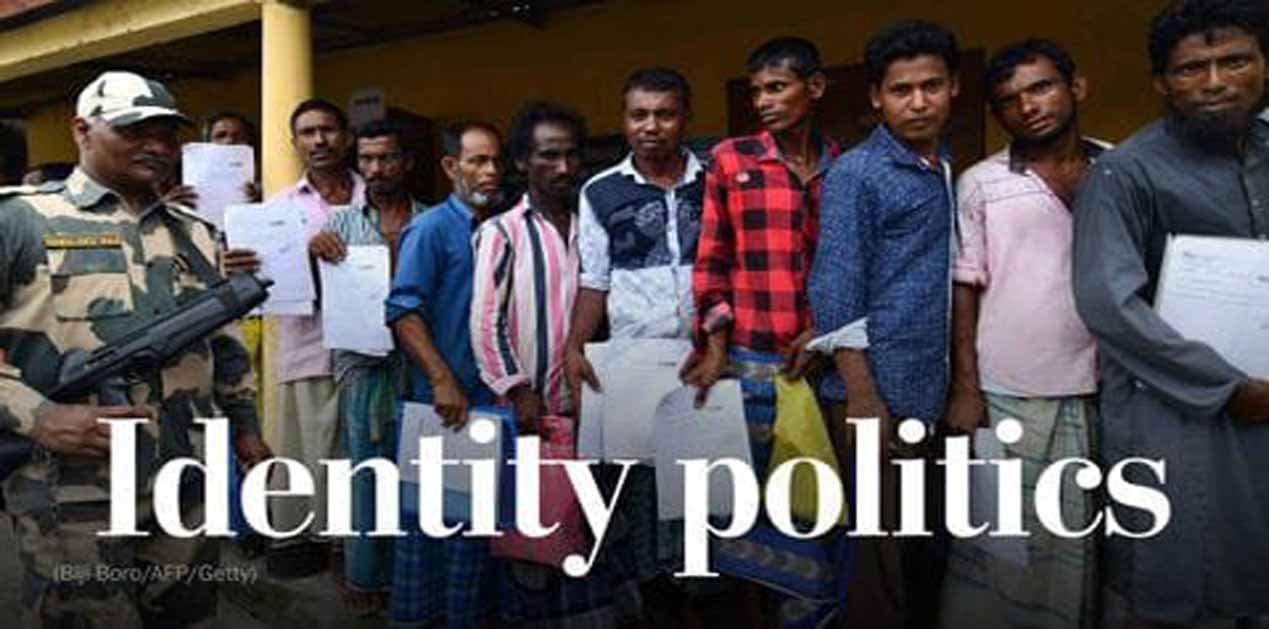
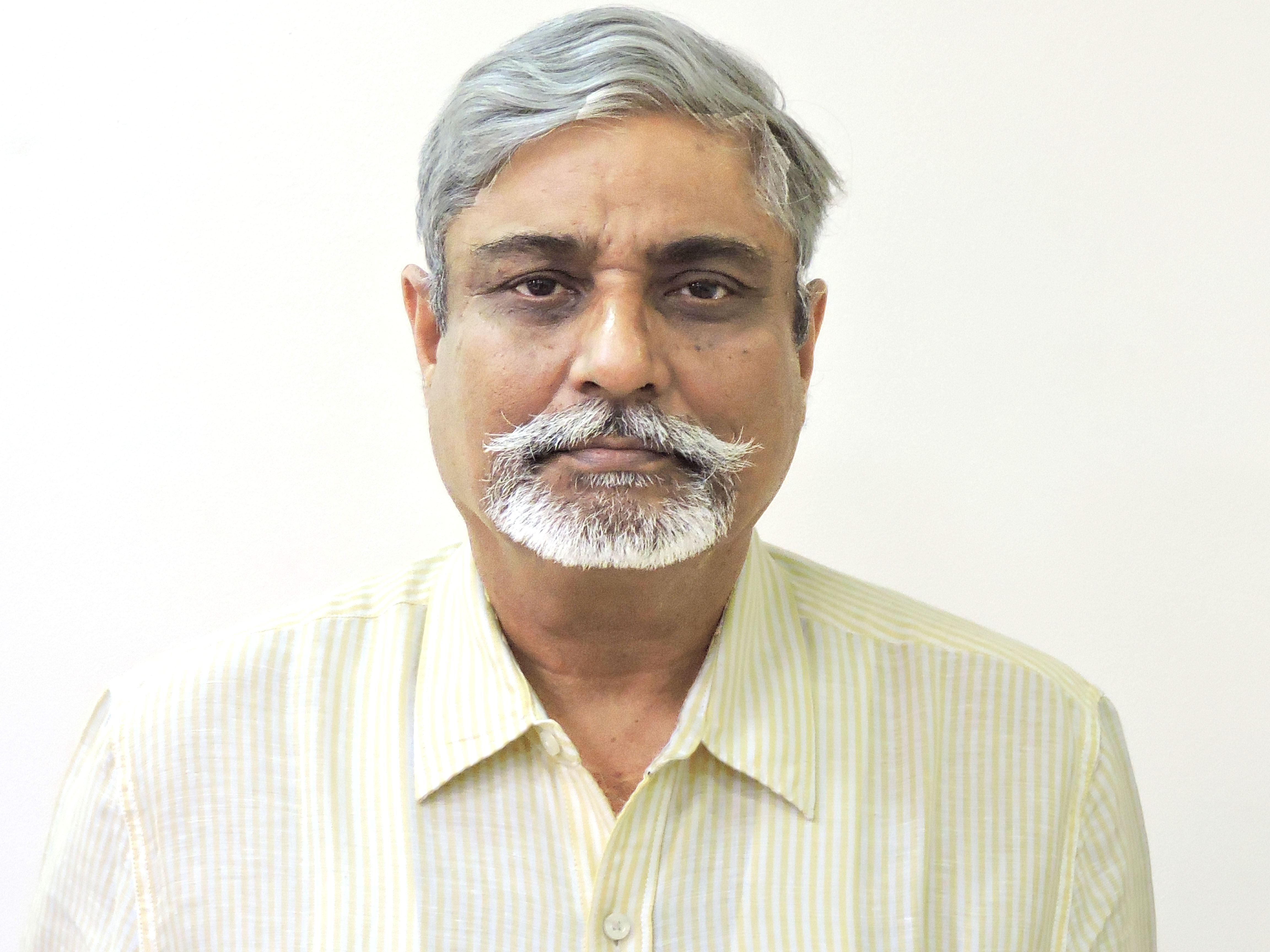


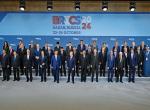



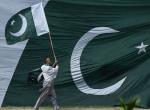
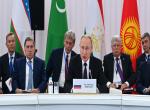
Post new comment